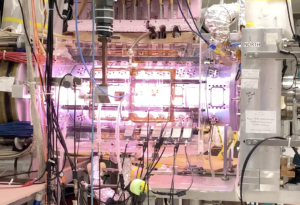
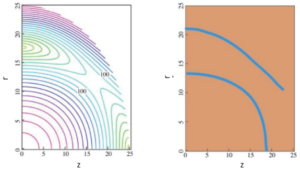
Fusion Energy
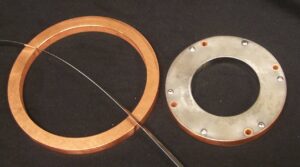
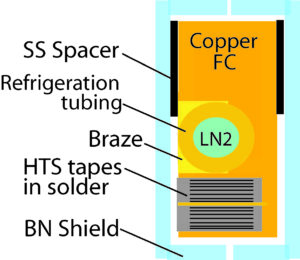
High Temperature Superconductors
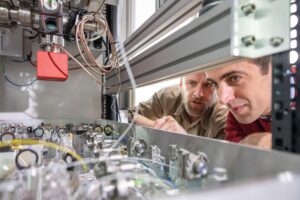
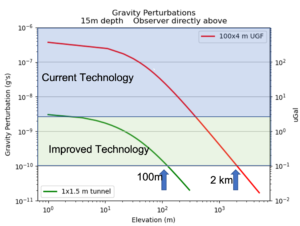
Quantum Sensing & QKD
Quantal Technology continues to be involved in fusion energy research & development. Shown above is the Princeton Field-Reversed Configuration (FRC) device.
The Princeton FRC at the Princeton Plasma Physics Laboratory (PPPL) is an ideal platform to develop novel plasma conditions and new diagnostic techniques. The Princeton FRC has a linear geometry with a Pyrex vacuum vessel section, providing ample access to plasma emissions and for probing laser beams. The vacuum vessel has multiple ports, allowing for easy diagnostic access for measurements such as spectroscopy, microwave interferometry, traditional Rogowski loops and Langmuir probes.
Quantal Technology has been involved in High Temperature Superconductor (HTS) development, in particular YBCO for fusion energy applications.
In addition to working with existing YBCO tapes, Quantal Technology is involved in developing new and novel methods to produce YBCO tape. A primary obstacle hindering broader use of HTS tape is their higher cost and lower throughput than more traditional, commercialized superconductors such as niobate-based materials.
Quantal Technology is actively involved in the development of quantum sensing instruments and identification of likely applications. As opposed to quantum computing, which is at least 10 years from being useful, quantum sensing is here now and commercial products are becoming available.
We have also been heavily involved in testing Quantum Key Distribution (QKD) technologies for potentially “unconditionally secure” communications, leveraging the laws of quantum mechanics to detect an eavesdropper. Since QKD is a hardware-based communications system of cryptography, as opposed to algorithmic cryptography such as RSA, it is not clear QKD is ultimately practical, but we are still evaluating the potential of QKD for our customers.
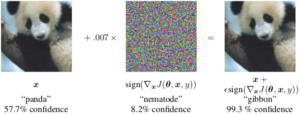
Quantal Technology is working on Adversarial Machine Learning (AML). We use the same Tensorflow tools that are used to correctly identify cat and dog pictures, for example, but instead use the loss minimization function to create images that spoof a trained ML model. Shown at the left is a famous AML image of a panda that had a very small, purposely calculated perturbation added, which resulted in the model believing the panda is now a gibbon.

Cleantech Open 2014
NMR Water Monitoring

Solar Energy
in Pakistan

Cyclotron production of radioisotopes
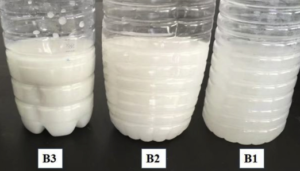
Carbon Dioxide Sequestration
Low-level arsenic contamination of drinking water in Bangladesh, India, and parts of China presents an international public health crisis, with over 300,000 deaths attributed to chronic poisoning in Bangladesh alone. The World Health Organization has set a guideline of 10 ppb arsenic in drinking water.
Additionally, some electronics chip fabrication facilities will use the III-V CMP etching process that will produce 200-1000 gallons/minute of arsenic-contaminated water. The process fabs do not currently make a real time waste water measurement.
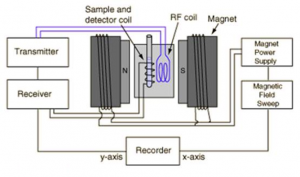
Quantal Technology developed an advanced water monitoring detector based on Nuclear Magnetic Resonance (NMR) that, unlike the competition, operates in real-time without reagents and is simple to use.
According to International Energy Agency statistics, Pakistan derives its electricity primarily from natural gas (36%), hydroelectric (32%) and oil (29%), and zero from solar or wind. Also, over two-thirds of Pakistan’s crude oil is imported, and electricity demand is estimated to grow by 8% annually resulting in 20 GW of supply needing to be added by 2020. Pakistan’s Alternative Energy Development Board (AEDB) estimates there is 2,900 GW of solar potential in Pakistan.
Quantal Technology was directly involved in supporting the domestic development of solar energy capabilities in Pakistan. Quantal Technology was instrumental in obtaining funding for a team at the University of Engineering & Technology in Taxila to prepare a feasibility study for solar power in Pakistan, followed by a joint proposal to further develop an indigenous solar energy R&D program and commercialization platform.
The radioisotope Technetium-99m (Tc-99m) is used in ~80% of nuclear imaging diagnostic tests worldwide. However, since 2009 there have been significant disruptions in the supply of Tc-99m due to unanticipated shutdowns of the two main nuclear reactors producing Mo-99 (the precursor of Tc-99m).
We have analyzed the use cyclotrons, instead of reactors, to directly produce Tc-99m (no Mo-99 intermediary). This direct production of Tc-99m from Mo-100 using a cyclotron has been well researched but has not yet been commercialized. Based on the research, the isotopic purity levels will meet the Food & Drug Administration (FDA) specifications and imaging effectiveness will be similar. Discussions with the FDA have been very encouraging. Due to the short half-life of Tc-99m, cyclotron facilities have to be located near an existing radiopharmacy, and a large population center (> 2 million people) is needed to justify a cyclotron solution. Cyclotron facilities could supply the produced Tc-99m to local radiopharmacies who will then use their existing distribution network to deliver it to local hospitals. The world will finally have an alternative, local, on-demand, reliable, and cheaper source for Tc-99m.
Quantal Technology is investigating capturing carbon dioxide, from industrial flue gas or even possibly directly from ambient air, and making a CO2-embedded fluid that can be mixed directly with Portland cement.
Portland cement is the most common cement used, and producing cement creates the largest industrial contributor worldwide to carbon dioxide emissions.
By capturing carbon dioxide, and then mixing with Portland cement to make concrete, we can sequester the CO2 in concrete buildings and other structures for the lifetime of those structures. In this way, the cement industry can compensate for its carbon dioxide emissions in a profitable prodduct.